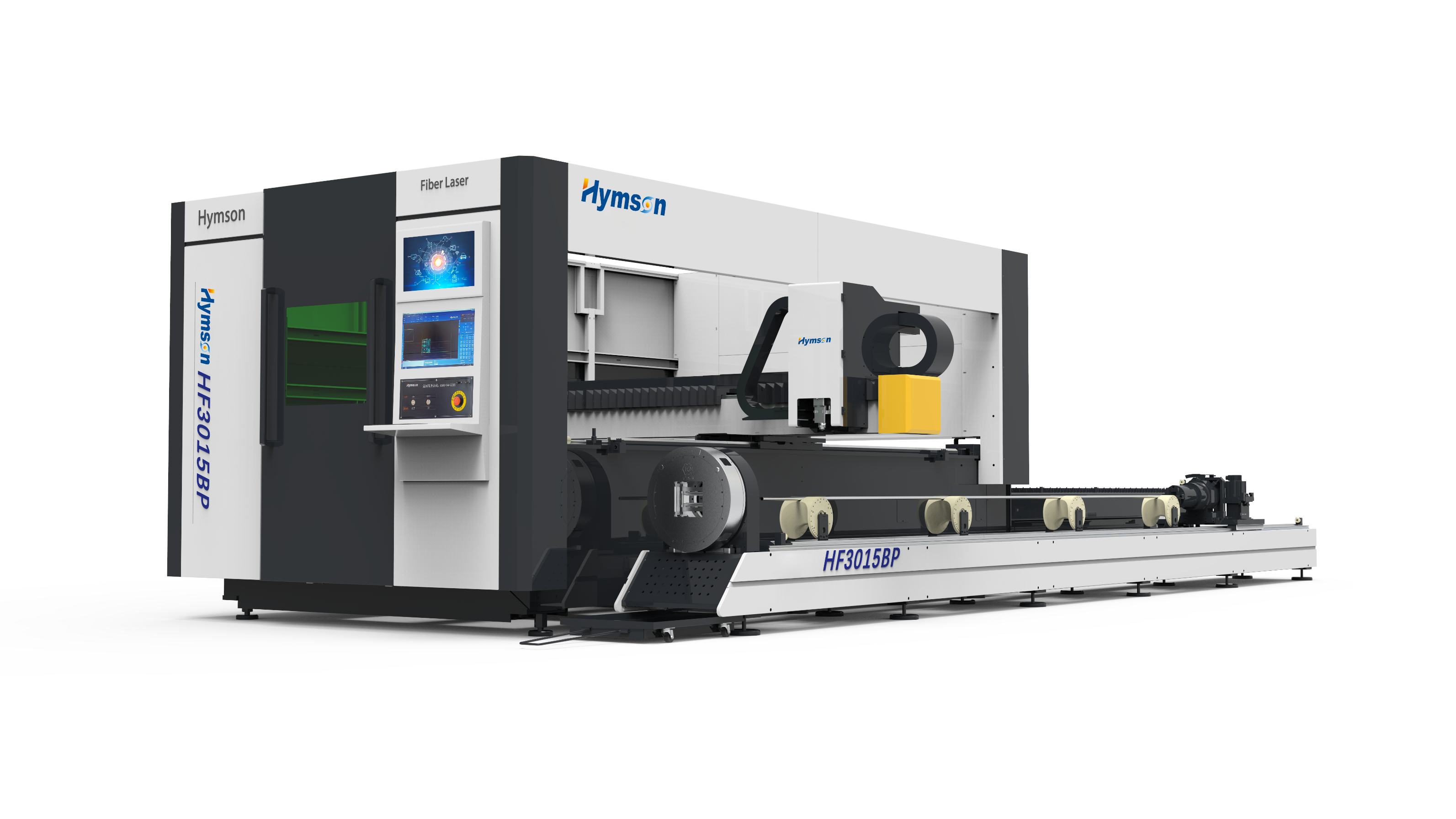雷射切割是一種高效、精確的技術,用於各行業切割各種材料。使用雷射切割機時要考慮的一個重要方面是可有效切割材料的厚度限制。在本文中,我們將探討有關雷射切割機雷射切割厚度限制的更多詳細資訊。
影響雷射切割厚度極限的因素
材料類型
不同的材料具有不同的特性,它們對雷射切割的反應也相應不同。鋼、鋁和銅等熔點較高的金屬需要更高的雷射功率和專門的切割技術。另一方面,壓克力、聚碳酸酯和 ABS 等塑膠可以使用較低功率的雷射輕鬆切割,因此需要調整雷射功率和切割參數。了解要切割的材料的特性對於確定合適的雷射切割機及其雷射切割厚度限制至關重要。
雷射功率
雷射功率在決定雷射切割厚度極限方面起著重要作用。不同的雷射切割機具有不同的功率選項,從幾瓦到幾千瓦。較高功率的雷射可以有效切割較厚的材料,而較低功率的雷射則更適合切割較薄的材料。然而,過高的雷射功率會導致熱變形和不必要的材料損壞。
光束質量
雷射光束的品質對於實現精確切割至關重要。高品質光束可確保光斑尺寸小且集中,從而實現更乾淨、更準確的切割。光束品質受到切割裝置中使用的雷射光源和光學系統的影響。
焦距
雷射切割機中透鏡的焦距會影響雷射光束的大小和強度。較短的焦距會產生較小的光點尺寸,從而產生更高的能量集中度和切割較厚材料的能力。相反,較長的焦距會將雷射光束傳播到更大的區域,從而降低了對較厚材料的切割能力。
切割速度
切割速度決定了切割過程中雷射沿著材料移動的速率。較高的切割速度適合較薄的材料,而較厚的材料可能需要較慢的速度,以確保完全穿透和最佳切割品質。
輔助氣體
輔助氣體用於雷射切割,以去除切割區域中的熔融材料並保護雷射光學器件免受碎屑的影響。不同的氣體,例如氧氣、氮氣和壓縮空氣,對切割過程有不同的影響。輔助氣體的選擇取決於被切割的材料和所需的切割品質。
不同材料的雷射切割厚度限制
金屬
鋼
鋼材是汽車、航空航太和建築等行業中常用的切割材料。鋼材的雷射切割厚度限制通常為 0.5 毫米至 25 毫米,具體取決於鋼材的類型和等級。對於較厚的鋼材,需要具有較高雷射功率和較慢切割速度的雷射切割機。
鋁
鋁是一種輕質且用途廣泛的材料,可用於各種應用。鋁材的雷射切割厚度限制通常在 0.5 毫米至 20 毫米之間。鋁具有高導熱性,需要更高的雷射功率和最佳化的切割參數。
銅
銅以其優異的導電性而聞名,但由於其高反射率,給雷射切割機帶來了挑戰。銅的雷射切割厚度限制一般在0.2mm至6mm左右。需要專門的技術和切割參數來克服反射率並實現精確切割。
海目森 40mm 低碳鋼切割
塑膠
丙烯酸纖維
亞克力,也稱為PMMA(聚甲基丙烯酸甲酯) ,是標誌、展示品、裝飾物品甚至建築應用中流行的材料。亞克力雷射切割厚度限制範圍為0.5mm至25mm 。壓克力具有乾淨、精確的切割效果,使其成為複雜設計的首選。
聚碳酸酯
聚碳酸酯是一種堅固且耐衝擊的熱塑性塑料,用於需要高透明度和耐用性的應用。聚碳酸酯的雷射切割厚度限制通常在0.5 毫米到 12 毫米之間。正確選擇雷射切割機的雷射功率和切割參數可確保最佳效果,而不會造成應力斷裂。
ABS
ABS(丙烯腈丁二烯苯乙烯)是一種常用的熱塑性塑料,以其韌性和抗衝擊性而聞名。 ABS的雷射切割厚度限制通常在0.5mm至8mm之間。為避免材料變形,應注意防止切割過程中產生過多熱量。
其他的
木頭
木材是雷射切割應用中另一種常見的切割材料。木材的雷射切割厚度限制會根據木材的類型及其密度而變化。一般來說,雷射切割機可以有效切割厚度達20毫米的木材。然而,較厚的硬木可能需要更強大的雷射或多次通過。
紙
紙張是一種精緻的材料,可以使用雷射切割機輕鬆切割。紙張的雷射切割厚度限制通常從幾分之一毫米到最大 5 毫米,取決於雷射的精度和功率。調整雷射功率和速度設定至關重要,以防止切割過程中燒焦或燒焦紙張。
結論
了解雷射切割機的雷射切割厚度限制對於實現各種材料的精確、高效切割至關重要。雷射功率、材料類型和焦距等因素在確定厚度限制方面發揮重要作用。透過考慮這些因素並選擇合適的雷射切割機,您可以釋放創造力並完成令人印象深刻的切割專案。
分享這篇文章:


